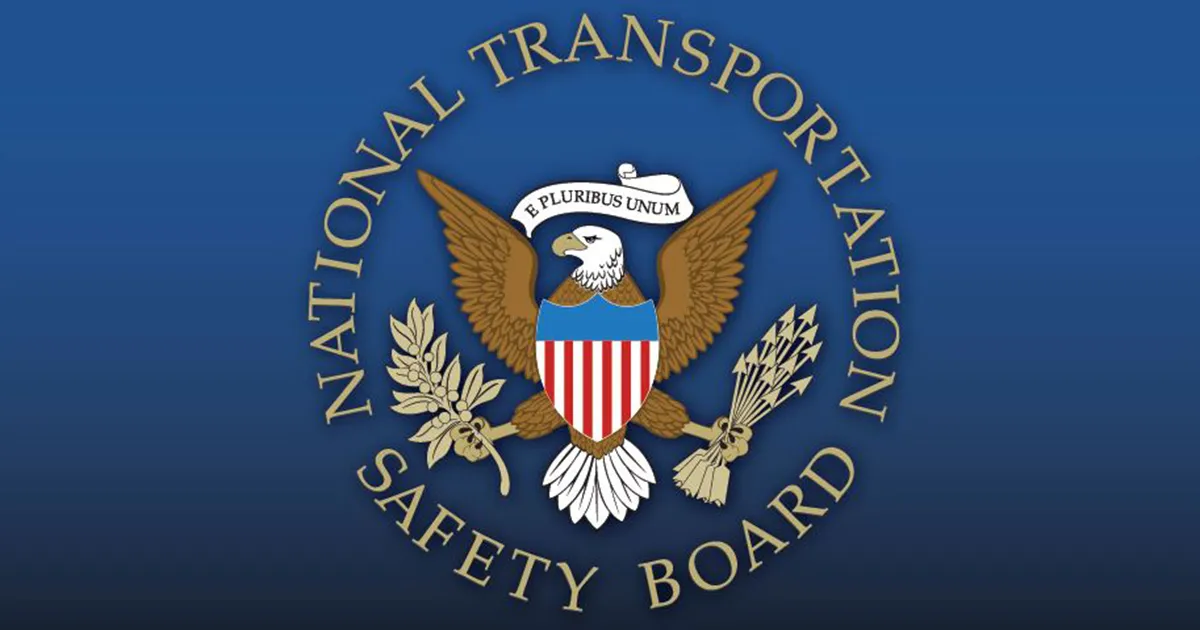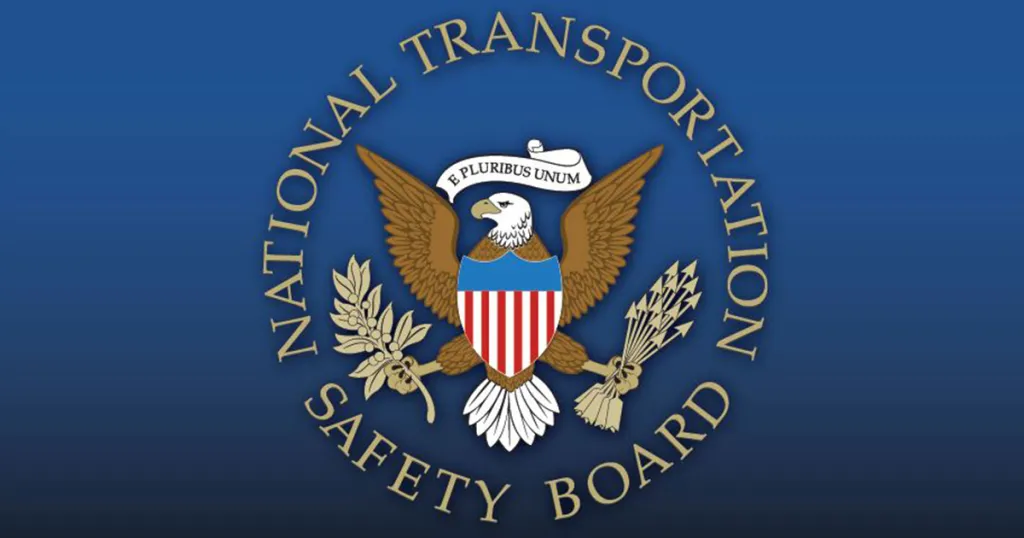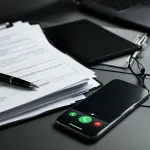The NTSB Report & Your Case: What an Attorney Will Do
- account_circle admin
- calendar_month Sel, 2 Sep 2025
- visibility 270
- comment 0 komentar

The NTSB Report & Your Case, What an Attorney Will Do
Unlocking Justice: How Your Attorney Leverages the NTSB Report in Your Case
KlikBabel.com – The NTSB Report & Your Case: What an Attorney Will Do. When a major transportation accident occurs – be it an aviation disaster, a catastrophic train derailment, a marine collision, or a significant pipeline incident – the National Transportation Safety Board (NTSB) steps in. This independent federal agency is tasked with investigating these tragedies to determine their probable cause and issue safety recommendations to prevent future occurrences. While the NTSB’s mission is solely focused on safety, the comprehensive reports they produce become an invaluable, albeit complex, resource for victims and their attorneys seeking justice.
Understanding how an attorney utilizes the NTSB report is crucial for anyone involved in a personal injury or wrongful death lawsuit stemming from such an event. This report isn’t just a document; it’s a meticulously compiled roadmap that can shape the entire legal strategy for your case.

The NTSB Report & Your Case, What an Attorney Will Do
What is the NTSB Report?
The NTSB report is the culmination of an exhaustive investigation process. It’s a public document that details the agency’s findings, analyses, and conclusions. Typically, a final report includes:
- Factual Information: This covers everything from weather conditions and maintenance records to witness statements, flight data recorder (black box) information, cockpit voice recorder transcripts, and detailed metallurgical analyses of failed components.
- Analysis: The NTSB’s interpretation of the factual information, exploring various scenarios and eliminating possibilities.
- Probable Cause: The agency’s determination of the most likely cause(s) of the accident.
- Safety Recommendations: Specific actions the NTSB believes should be taken by manufacturers, operators, regulators, or other entities to enhance safety.
Before the final report, the NTSB often releases a “Public Docket,” which contains all the raw factual information gathered during the investigation, including interview transcripts, photographs, and operational records. This docket is often available long before the final report and can be an immediate resource for legal teams.
The Critical Distinction: Factual Findings vs. Probable Cause in Court
One of the most important aspects an attorney understands about the NTSB report concerns its admissibility in civil court. Federal law (49 U.S.C. § 1154(b)) specifically states that “no part of a report of the National Transportation Safety Board relating to an accident or incident may be admitted as evidence or used in a civil action for damages resulting from a matter mentioned in the report.
However, this law has a critical nuance: it generally applies to the NTSB’s conclusions regarding probable cause. The factual findings contained within the report – the objective data, witness statements, maintenance logs, and scientific analyses – are typically admissible.
An experienced attorney knows this distinction intimately. They will focus on extracting and leveraging the undisputed facts to build your case, rather than attempting to introduce the NTSB’s ultimate conclusion on probable cause.
How Your Attorney Utilizes the NTSB Report
- A Roadmap for Independent Investigation: The NTSB report serves as an authoritative starting point. It identifies key areas of inquiry, potential contributing factors, and involved parties. Your attorney uses this to guide their own, independent investigation, focusing resources where they’re most likely to yield results.
- Identifying Key Witnesses: The report often lists individuals interviewed during the investigation, including crew members, maintenance personnel, air traffic controllers, and other relevant parties. This helps your attorney identify crucial witnesses for depositions or further interviews, allowing them to gather direct testimony under oath.
- Understanding Technical Complexities: Transportation accidents are often highly technical. The NTSB report provides a foundational understanding of the engineering, operational procedures, human factors, and regulatory environment involved. This technical primer allows your attorney to intelligently question defendants and their experts, and to select and prepare their own expert witnesses.
- Guiding the Discovery Process: The factual details in the report inform your attorney’s requests for documents and information (discovery). They can use the NTSB’s findings to demand specific maintenance records, training logs, operational manuals, or communication transcripts from the defendants, knowing exactly what to look for.
- Establishing Negligence and Liability: By meticulously analyzing the factual findings, your attorney can construct a compelling narrative of how negligence occurred. For example, if the NTSB report details a history of deferred maintenance (a factual finding), your attorney can use this to argue that the operator breached its duty of care, leading to the accident. They will connect these facts to legal theories of negligence, product liability, or corporate wrongdoing.
- Preparing Expert Witnesses: Attorneys rely heavily on expert witnesses (e.g., aviation engineers, metallurgists, human factors specialists) to interpret complex data and explain it to a jury. The NTSB report provides these experts with a wealth of data to review, analyze, and build their own opinions upon, which can then be presented in court.
- Informing Settlement Negotiations: A well-supported case, built upon the factual bedrock of the NTSB investigation, strengthens your attorney’s position during settlement negotiations. The detailed evidence makes it clear to the defendants the significant legal hurdles they would face if the case proceeds to trial.
Beyond the Report: The Attorney’s Holistic Approach
While the NTSB report is critical, it’s just one piece of a larger puzzle. Your attorney will conduct their own parallel investigation, gathering additional evidence, interviewing new witnesses, and working with their own team of experts. They bridge the gap between the NTSB’s safety-focused findings and the legal requirements for proving fault and securing compensation.
In the aftermath of a major transportation accident, the NTSB report is a powerful ally, but only in the hands of an experienced attorney who understands its nuances, its strengths, and its limitations. They will meticulously dissect its contents to uncover the truth, establish liability, and fight for the justice and compensation you deserve.
FAQ
1. Can the NTSB report’s conclusion about “probable cause” be used as direct evidence in my lawsuit?
No, generally, federal law (49 U.S.C. § 1154(b)) prohibits the use of the NTSB’s probable cause conclusions as direct evidence in a civil lawsuit. This is because the NTSB’s mission is safety, not fault-finding for legal purposes. However, the factual findings within the report are often admissible.
2. How long does it take for the NTSB to finalize a report, and should I wait for it before contacting an attorney?
NTSB investigations can take anywhere from 12 to 24 months, or even longer, to finalize a full report. You should not wait for the final report before contacting an attorney. Critical evidence can be lost, and statutes of limitations may begin to run. An attorney can immediately begin their own investigation, access the NTSB’s public docket for factual information, and preserve vital evidence while the NTSB’s investigation is ongoing.
3. If the NTSB report doesn’t find fault with a specific party, does that mean I don’t have a case?
Not necessarily. The NTSB’s probable cause finding is about safety improvements, not legal liability. An attorney can use the report’s factual findings, combined with their own independent investigation and expert analysis, to establish negligence or liability under different legal standards, even if the NTSB’s conclusion doesn’t explicitly name a “responsible party” in a legal sense.
- Penulis: admin












Saat ini belum ada komentar